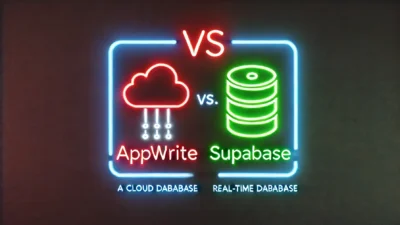In the ever-evolving landscape of Flutter development, having the right tools at your disposal can significantly enhance your productivity and code quality. Let’s explore the top 10 tools that every Flutter developer should be familiar with in 2025.
1. Visual Studio Code (VSCode)
Visual Studio Code has become the de facto IDE for Flutter development, and for good reason. This lightweight yet powerful editor offers exceptional Flutter support through its rich ecosystem of extensions. Key features include:
- Flutter and Dart extensions providing enhanced code completion
- Built-in debugging tools with hot reload support
- Integrated terminal for running Flutter commands
- Git integration for version control
- Customizable workspace with themes and extensions
Pro Tip: Install the “Flutter Widget Snippets” extension to speed up your widget creation process.
2. Postman
As Flutter developers increasingly work with REST APIs, Postman has become indispensable. This API platform offers:
- API testing and documentation
- Request history and collections
- Environment variables for different development stages
- Automated testing capabilities
- Team collaboration features
Best Practice: Create environment variables for your development, staging, and production APIs to switch between them seamlessly.
3. GitHub
More than just a version control platform, GitHub serves as a complete development hub:
- Version control and code hosting
- Issue tracking and project management
- Continuous Integration/Continuous Deployment (CI/CD) through GitHub Actions
- Code review and collaboration
- Package hosting through pub.dev integration
Advanced Tip: Utilize GitHub’s project boards to manage your Flutter project’s workflow effectively.
4. Codemagic/Fastlane
These CI/CD tools are crucial for automated building and deployment:
Codemagic:
- Flutter-specific CI/CD platform
- Automatic code signing
- Multiple deployment targets
- Build analytics and notifications
Fastlane:
- Automated screenshot generation
- Beta deployment automation
- App Store and Play Store publishing
- Custom workflow creation
5. FlutterFlow
FlutterFlow revolutionizes Flutter development with its no-code/low-code approach:
- Visual UI building
- Firebase integration
- Custom code export
- Real-time preview
- Responsive design tools
Key Advantage: Rapidly prototype applications and export production-ready Flutter code.
6. Windsurf
Windsurf enhances the Flutter development workflow with:
- Component library management
- Design system implementation
- Theme consistency tools
- Responsive layout utilities
- Cross-platform styling solutions
Implementation Tip: Use Windsurf’s component library to maintain consistent design patterns across your application.
7. Cursor
Cursor represents the next generation of AI-powered development tools:
- AI-assisted code completion
- Code refactoring suggestions
- Performance optimization recommendations
- Bug detection and fixing
- Real-time pair programming features
Best Practice: Leverage Cursor’s AI capabilities for code review and optimization while maintaining code quality standards.
8. Firebase
Firebase remains the go-to backend platform for Flutter applications:
- Real-time database and Cloud Firestore
- Authentication services
- Cloud Functions
- Analytics and Crashlytics
- Cloud Storage
Integration Tip: Use the official FlutterFire CLI to streamline Firebase integration in your Flutter projects.
9. Supabase
As an open-source alternative to Firebase, Supabase offers:
- PostgreSQL database
- Real-time subscriptions
- Authentication
- Auto-generated APIs
- Edge Functions
Developer Insight: Supabase’s PostgreSQL foundation makes it excellent for applications requiring complex queries and relationships.
10. Appwrite
Appwrite rounds out our list as a powerful backend-as-a-service platform:
- Self-hosted option
- Realtime database
- User authentication
- Storage solutions
- Cloud functions
- API management
Security Tip: Utilize Appwrite’s built-in security features and role-based access control for robust application security.
Conclusion
These tools form a powerful ecosystem that can significantly enhance your Flutter development workflow. While not every project will require all of these tools, familiarizing yourself with each one will prepare you for various development scenarios and challenges.
Remember that the key to mastering these tools lies not just in knowing how to use them, but in understanding when and where to apply them effectively in your development workflow. Stay updated with their latest features and best practices to maximize your development efficiency.





